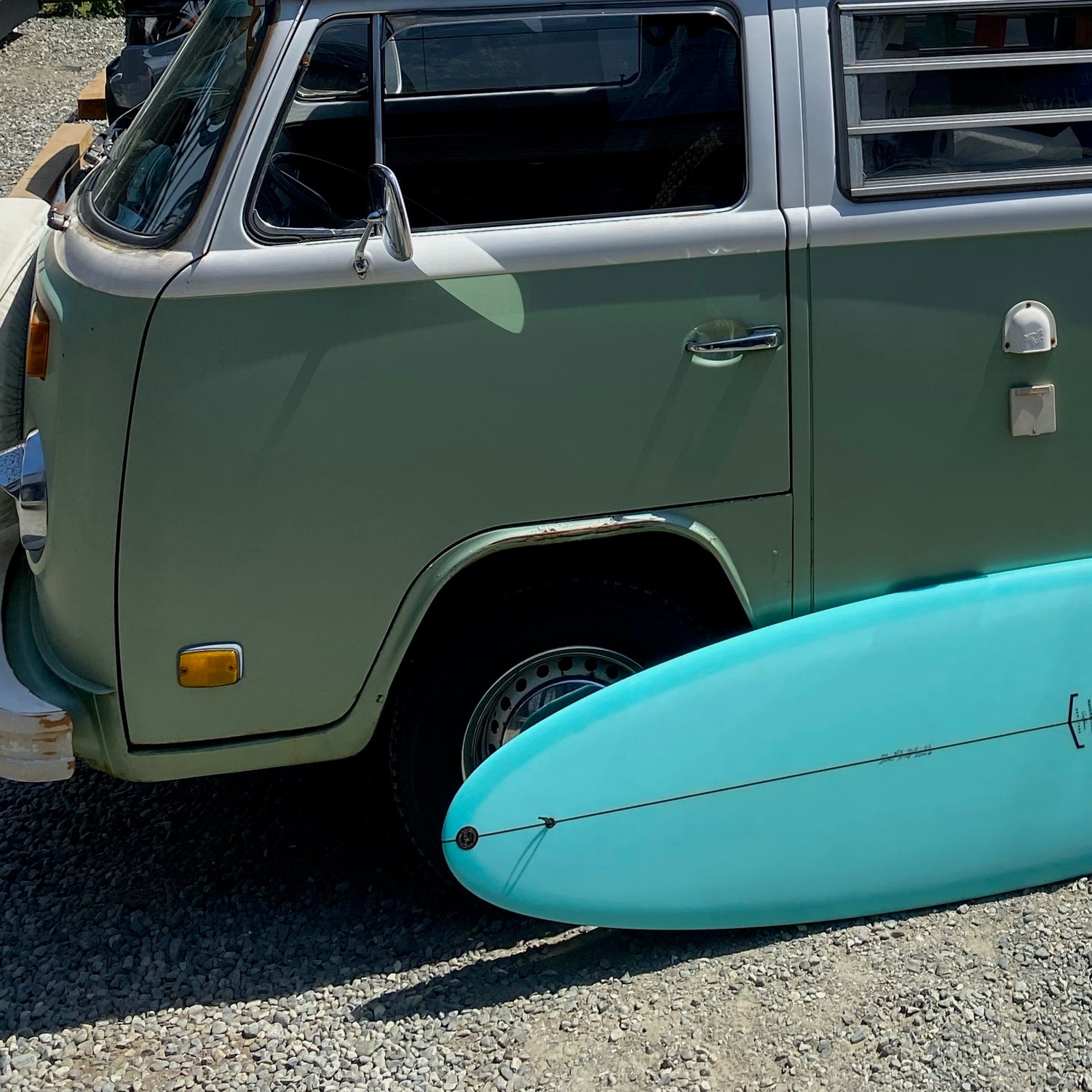Decoding Surfboard Tails:
The What, Why, and When of Choosing the Right Shape
words by aske foyd | illustrations by Christina Sierra
The tail of a surfboard is almost never overlooked as it can be the defining characteristic of the board. The tail shape of the board plays a huge role in how the board performs during specific maneuvers and under certain conditions. At Storm, we love a variety of surf craft, and consequently, a variety of tail shapes are represented on our board floor.
In this article you'll find a guide to a handful of the most common tail templates and when or why to choose them.
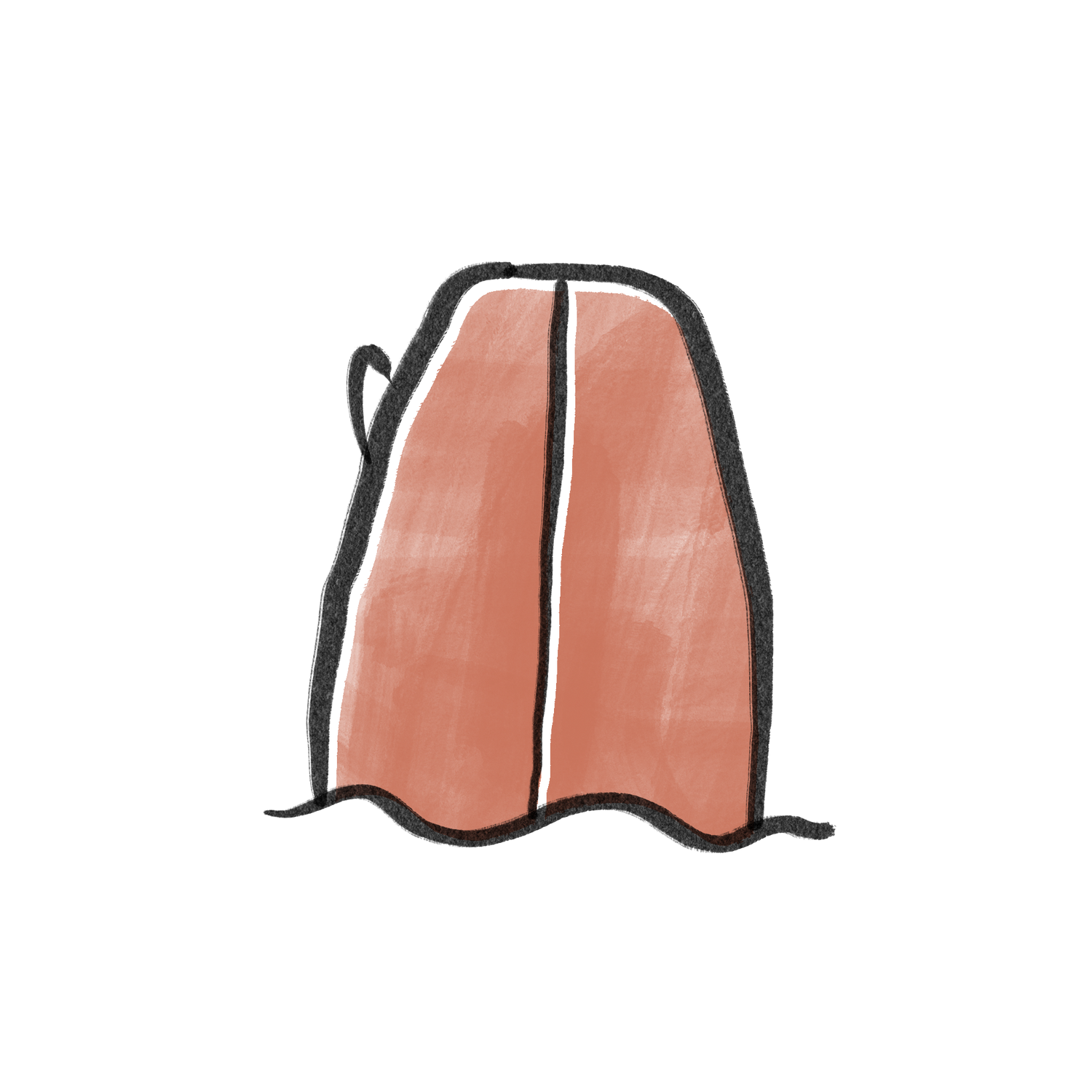
Squash Tail
One of the most popular, versatile tail shapes is the squash tail. The squash tail is flat at the back with rounded corners. This design is a great combo of a wider tail that provides great lift and stability underfoot, with rounded corners that allow for smooth turns and grip on the wave face.
It's a great option for Tofino beach breaks as it allows enough float and lift to get through the flatter sections of the wave, and performance turning for when the wave stands up.
Channel Islands Rocket Wide Squash →

Pin Tail
The narrowest tail variation, where the back of the surfboard meets at a point. Because of how narrow it is, the pintail really locks-in to the wave face, giving the surfer a ton of grip or hold. The drawback to this grip and hold is that it can be challenging to break away from the wave face to turn the board.
The pin tail is often a choice for surfers riding steep, barreling waves where the goal is to make the drop, fly down the line and make it to the shoulder.
Bing Pintail Type II →
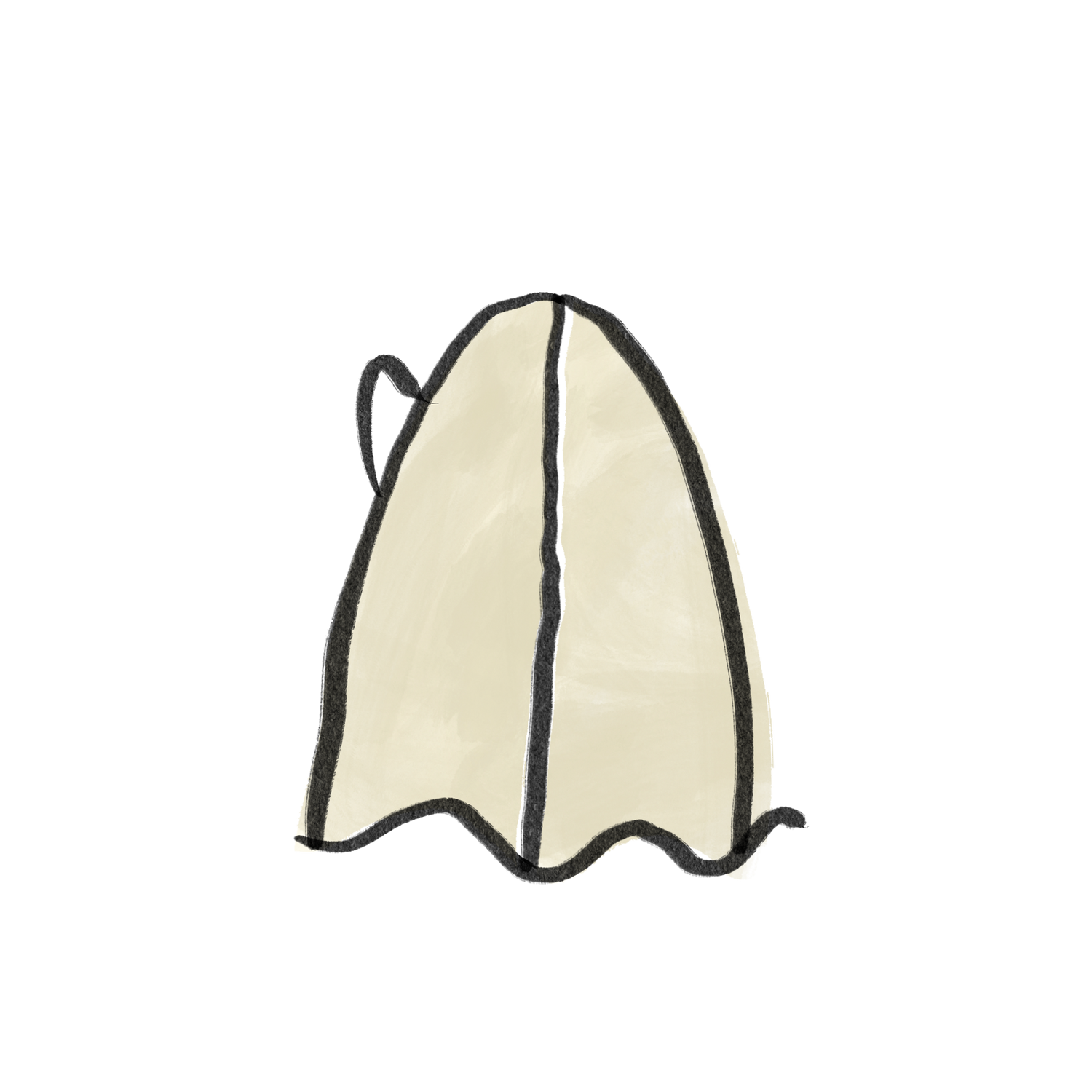
Round Tail
Can also be known as a "rounded pin", it is one of the simplest designs and very self explanatory. The round tail gives maximum grip and turnability, especially on a bigger, steeper wave face. The narrower a round tail is, the more grip it will have on the wave face. The wider it is, the more lift the tail will create and the looser the board will feel.
We often choose a round tail when we are traveling to waves that are faster and steeper than Tofino, where our concern is harnessing the speed of the wave instead of generating our own.
NWSD 1/2 Along →
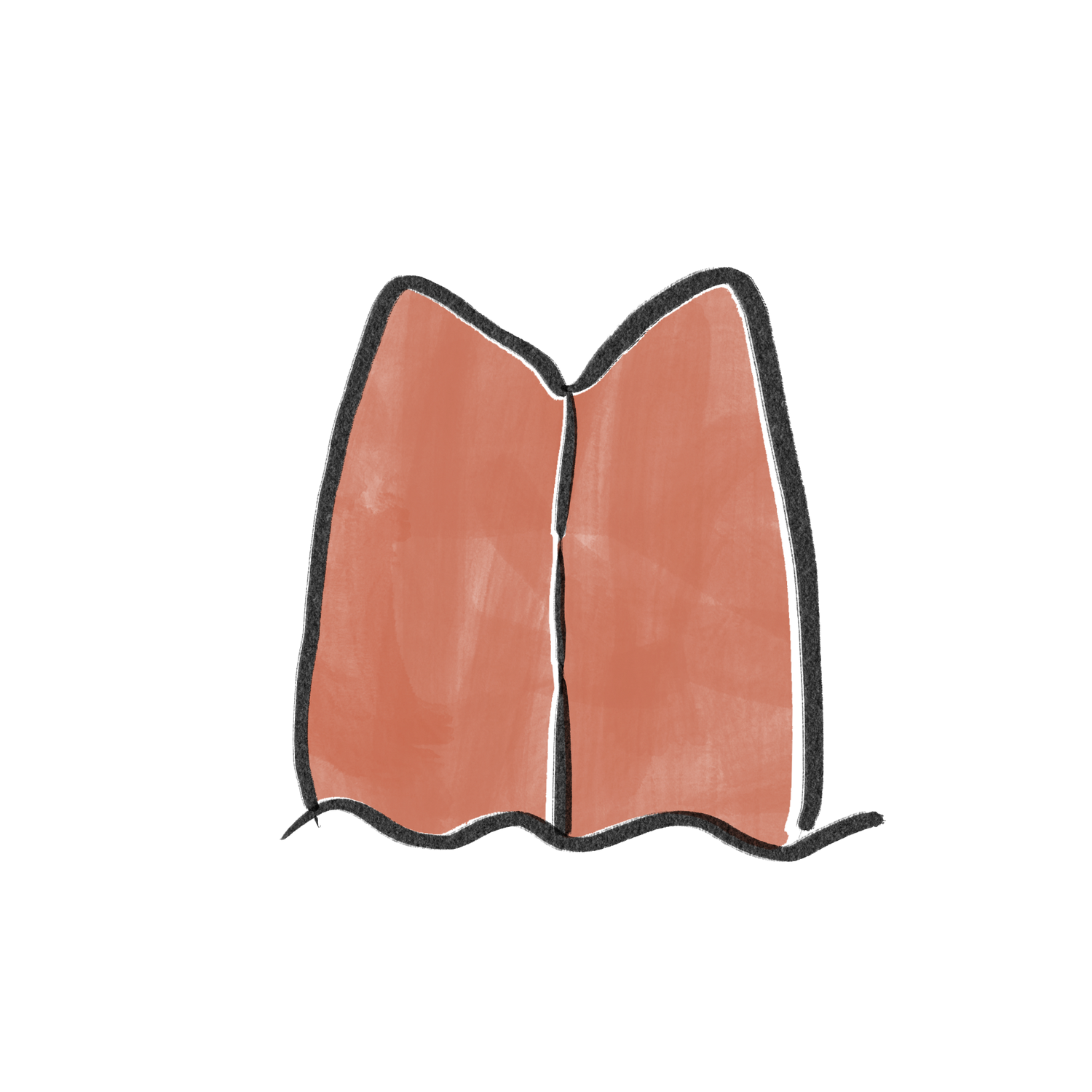
Swallow / Fish Tail
Having a tail with two points is almost like having a pin tail on each rail, giving you hold but also allowing for more rail to rail motion. Having two points at the tail also creates a wider tail, helping fish tail boards excel in smaller, weaker waves. The fish tail also extends the rail line and removes planing surface area from the tail, creating a board with more drive and responsiveness. The drawback, however, is that the more pronounced fish tails can be harder to surf on your backside.
Lost Round Nose Fish Retro →

Square Tail
Square tails can look and act much like squash tails, but wider and with sharper corners. The wider tail creates lift, which is important in slower, flatter faced waves. Compared to a squash tail, the sharper corners allow for quicker turns as the angular corners give the surfer something to pivot on during a turn.
Square tails are another great choice for Tofino waves.
Troy Elmore Hot Dog →
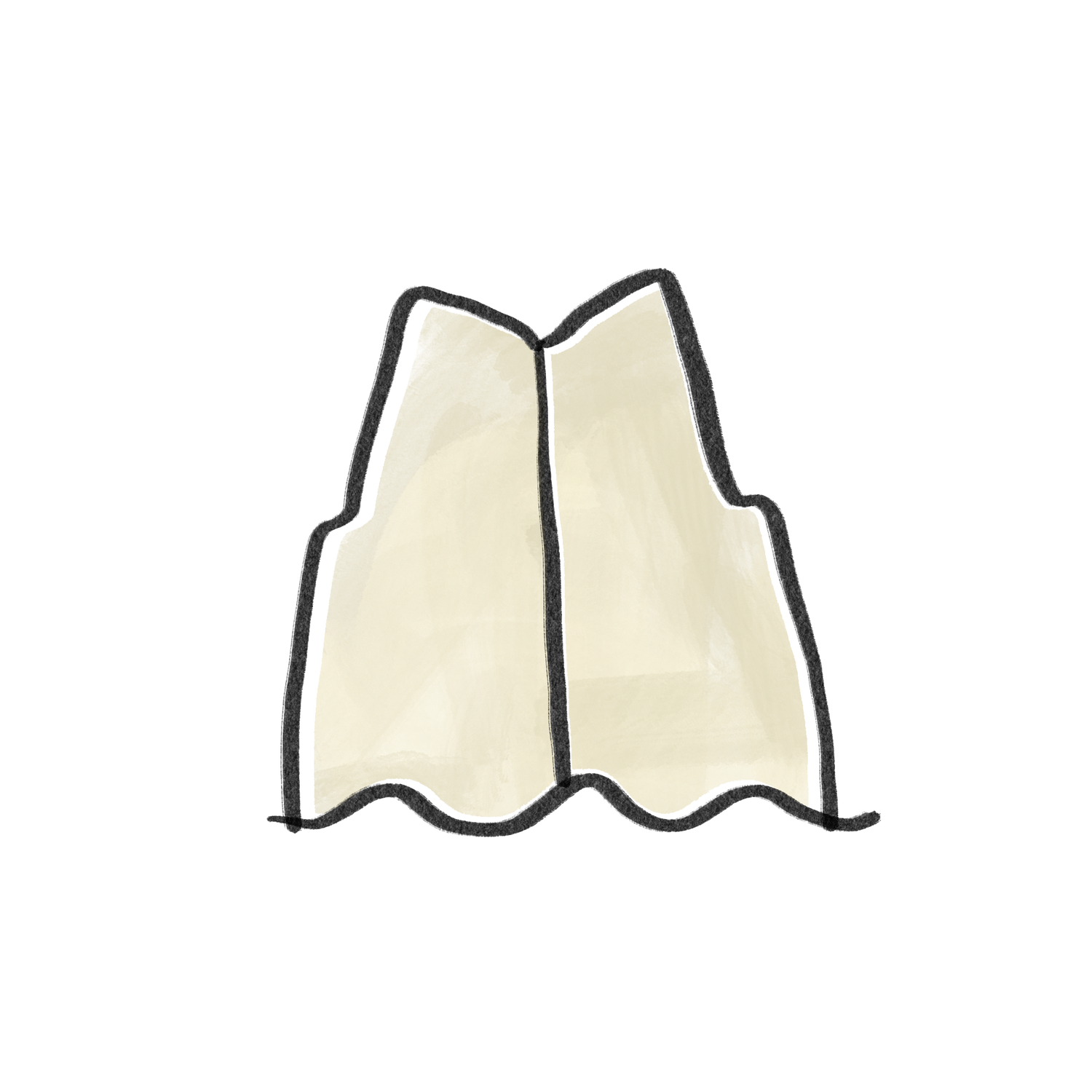
Winged Tail
You might notice various tail shapes with an extra wing or hip to it like the Lost Rocket Redux or the Pyzel Happy Twin. What are these little additions to the tail designed to do? They are essential there to create a narrower tail on a board with a wider outline. With the tail being narrower, the surfer can turn tighter and surf deeper in the pocket. The pronounced bump also breaks the flow of water and gives the surfer something to pivot around.
Winged tails are great for Tofino as they allow us to surf a wider board, while maintaining a tight turning radius.
Pyzel Happy Twin →
